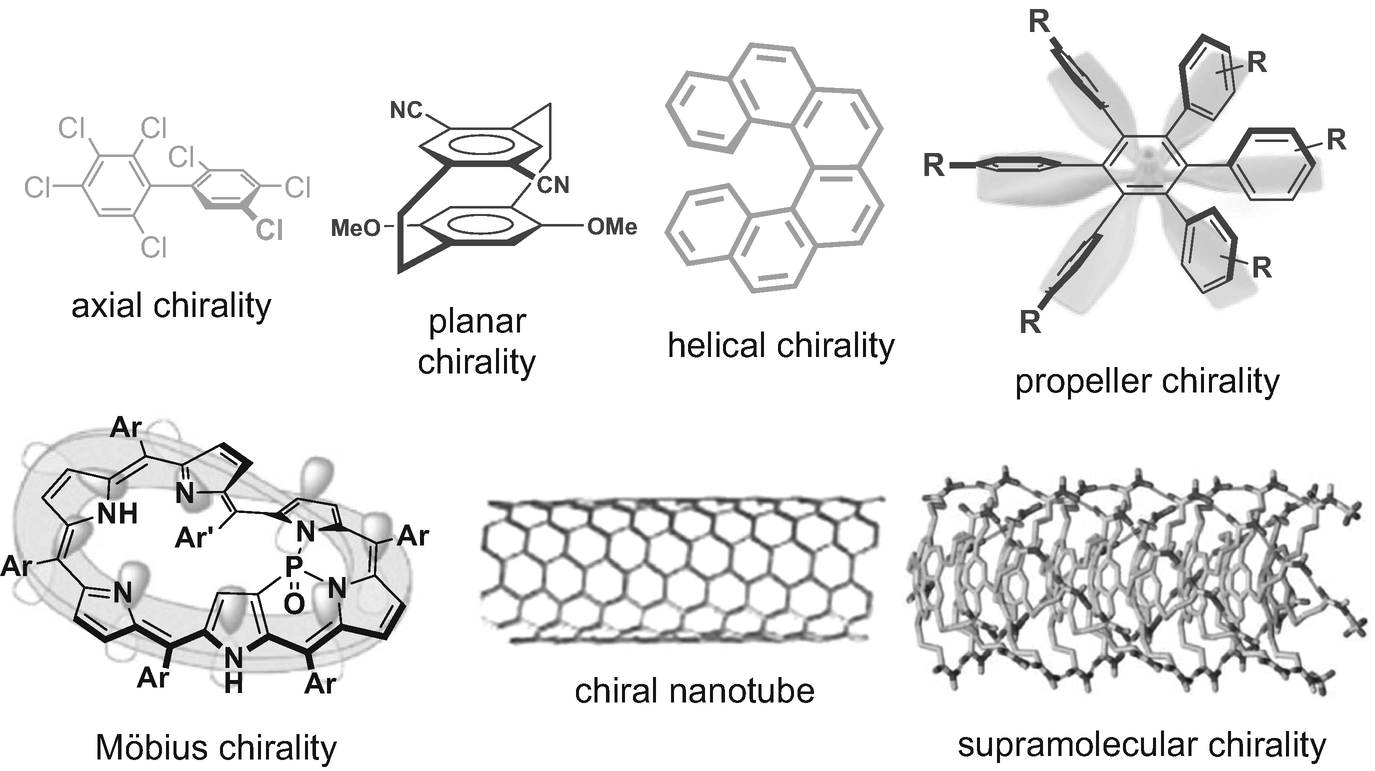[quote"river, post: 3685560, member: 179019"] Why Evolve ?
In a dynamic environment it cannot do otherwise. Put Hydrogen and Oxygen together in large numbers and densities and you get water or ice (a mineral)
The atoms are attracted to each other and under the right condition, they cannot do anything other than form water.
I understand the logical concepts. The actual details require years of study and knowledge which I never had an opportunity to acquire. But I am a pretty good researcher.
When I read a scientific paper, the symbolic calculations are usually way outside my scope of knowledge. But if the scientist reviewer is clear and precise I can usually understand and follow the logical narrative.
In the field of bio-chemistry I really like Robert Hazen. His lectures are clear and transparent.
IMO, he has clearly explained the concepts of self-assembly and self-formation of minerals and how this process resulted in the formation of biomolecules and the evolution of "molecular patterns" which eventually transformed purely chemical dynamics into living patterns and from there the evolutionary increase in sensitivity to environmental conditions, leading to sentience and finally the ability for conscious decision making.
This is why I usually state my conceptual beliefs in a generic manner but support my limited knowledge of detail with quotes and excerpts of scientific papers from reliable sources.
I do read what I post and understand the principles of what is presented, and feel relatively confident that I can defend the fundamental precepts of a particular scientific perspective.
I admit there are subjects which I won't touch, as they are just too esoteric for my limited knowledge. [/QUOTE]
Fair enough , to your last statement . We all have limited knowledge . Nowadays there is so much information , there is no way any of us can , could ever keep up .





